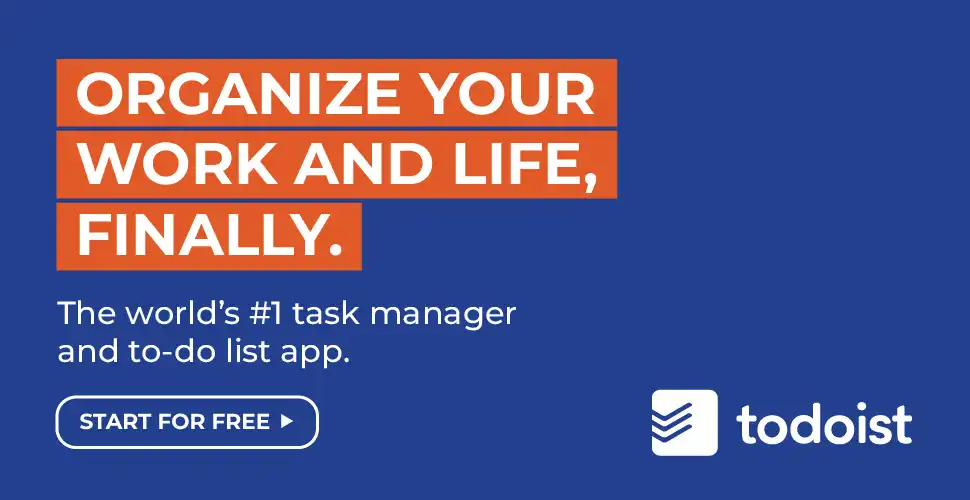
Employee recognition plays a crucial role in fostering a positive work environment and enhancing employee engagement. Recognizing and appreciating employees' efforts and achievements not only boosts their morale but also contributes to their professional growth and development.
In this article, we will explore the significance of employee recognition in shaping a person's career trajectory and how it can enhance leadership skills. We will also discuss some employee recognition program best practices that organizations can implement to create a culture of appreciation and growth.

The Power of Employee Recognition in Career Development
Boosts Motivation and Job Satisfaction
Employee recognition programs provide a platform to acknowledge and reward employees for their exceptional performance. When employees are recognized for their hard work, they feel valued and appreciated, leading to increased motivation and job satisfaction. Recognizing achievements and efforts demonstrates that their work is noticed and that their contributions are essential to the organization's success.
Simon Sinek, author of Start With Why, says that "recognition is the single most important thing you can do to improve employee engagement." He argues that when employees feel appreciated and valued, they are more likely to be motivated, productive, and loyal to their company.
Enhances Employee Engagement
Recognition programs positively impact employee engagement levels. Engaged employees are more likely to be committed to their work and display higher levels of productivity. When employees receive recognition for their contributions, they feel a sense of belonging and are motivated to actively contribute to the organization's goals.
This increased engagement fosters professional development and paves the way for career growth opportunities.
Encourages Skill Development
Employee recognition programs often highlight specific skills and competencies that employees excel in. By identifying and acknowledging these skills, organizations encourage employees to further develop and refine them.
As employees work towards enhancing their recognized strengths, they acquire new knowledge and expertise, which not only contributes to their personal growth but also improves their overall professional capabilities.

Employee Recognition as a Catalyst for Leadership Development
Builds Trust and Credibility
Leadership is built on trust and credibility, and employee recognition plays a vital role in establishing these foundations. When leaders actively recognize and appreciate their team members, they demonstrate their trust and confidence in their abilities. This fosters a positive relationship between leaders and employees, leading to increased loyalty and respect.
By consistently recognizing their team members' achievements, leaders establish themselves as trustworthy and credible individuals, facilitating their leadership development.
Cultivates a Culture of Appreciation
Leaders who prioritize employee recognition create a culture of appreciation within their teams and organizations. This culture not only improves employee morale but also encourages a supportive and collaborative work environment.
When leaders regularly acknowledge and celebrate their team's accomplishments, they inspire others to do the same. This, in turn, cultivates a positive work culture where everyone feels valued and motivated to contribute their best.
Encourages Mentorship and Coaching
Recognizing employees' skills and accomplishments provides leaders with an opportunity to identify potential future leaders within their organization. By acknowledging employees' strengths, leaders can initiate mentorship and coaching programs to nurture and develop these talents.
This investment in employee growth and development not only benefits individuals but also strengthens the leadership pipeline within the organization.
Employee Recognition Program Best Practices
Implementing effective employee recognition programs requires a thoughtful approach. Here are some best practices that organizations can adopt:
Clear and Transparent Criteria: Clearly define the criteria for recognition to ensure consistency and transparency. Establish measurable goals and milestones that align with organizational objectives, making it easier to recognize and reward employees for their achievements.
Timely Recognition: Promptly acknowledge and reward employees for their accomplishments. Timely recognition reinforces positive behavior and helps employees feel valued and appreciated.
Peer-to-Peer Recognition: Encourage a culture of peer-to-peer recognition, where employees have the opportunity to recognize and appreciate their colleagues' contributions. This not only promotes a collaborative work environment but also creates a sense of camaraderie and teamwork.
Personalized Recognition: Tailor recognition efforts to individual preferences. Some employees may appreciate public recognition, while others may prefer private acknowledgments. Understanding these preferences allows leaders to provide personalized recognition that resonates with employees on a deeper level.
Continuous Feedback: Recognition should not be limited to occasional events. Provide regular and continuous feedback to employees, highlighting their strengths and areas for improvement. This ongoing feedback helps individuals track their progress and motivates them to continue developing their skills.
Conclusion
Employee recognition catalyzes both personal and professional growth. By implementing employee recognition program best practices, organizations can create a positive work culture that fosters career development and enhances leadership skills.
Recognizing and appreciating employees' efforts not only boosts motivation and engagement but also cultivates trust, credibility, and a culture of appreciation. Investing in employee recognition is an investment in the growth and success of both individuals and the organization as a whole.

